Archives
- 2025-12
- 2025-11
- 2025-10
- 2025-09
- 2025-03
- 2025-02
- 2025-01
- 2024-12
- 2024-11
- 2024-10
- 2024-09
- 2024-08
- 2024-07
- 2024-06
- 2024-05
- 2024-04
- 2024-03
- 2024-02
- 2024-01
- 2023-12
- 2023-11
- 2023-10
- 2023-09
- 2023-08
- 2023-07
- 2023-06
- 2023-05
- 2023-04
- 2023-03
- 2023-02
- 2023-01
- 2022-12
- 2022-11
- 2022-10
- 2022-09
- 2022-08
- 2022-07
- 2022-06
- 2022-05
- 2022-04
- 2022-03
- 2022-02
- 2022-01
- 2021-12
- 2021-11
- 2021-10
- 2021-09
- 2021-08
- 2021-07
- 2021-06
- 2021-05
- 2021-04
- 2021-03
- 2021-02
- 2021-01
- 2020-12
- 2020-11
- 2020-10
- 2020-09
- 2020-08
- 2020-07
- 2020-06
- 2020-05
- 2020-04
- 2020-03
- 2020-02
- 2020-01
- 2019-12
- 2019-11
- 2019-10
- 2019-09
- 2019-08
- 2019-07
- 2019-06
- 2019-05
- 2019-04
- 2018-11
- 2018-10
- 2018-07
-
MicroRNA miRNA is a class of highly conserved non
2020-05-22
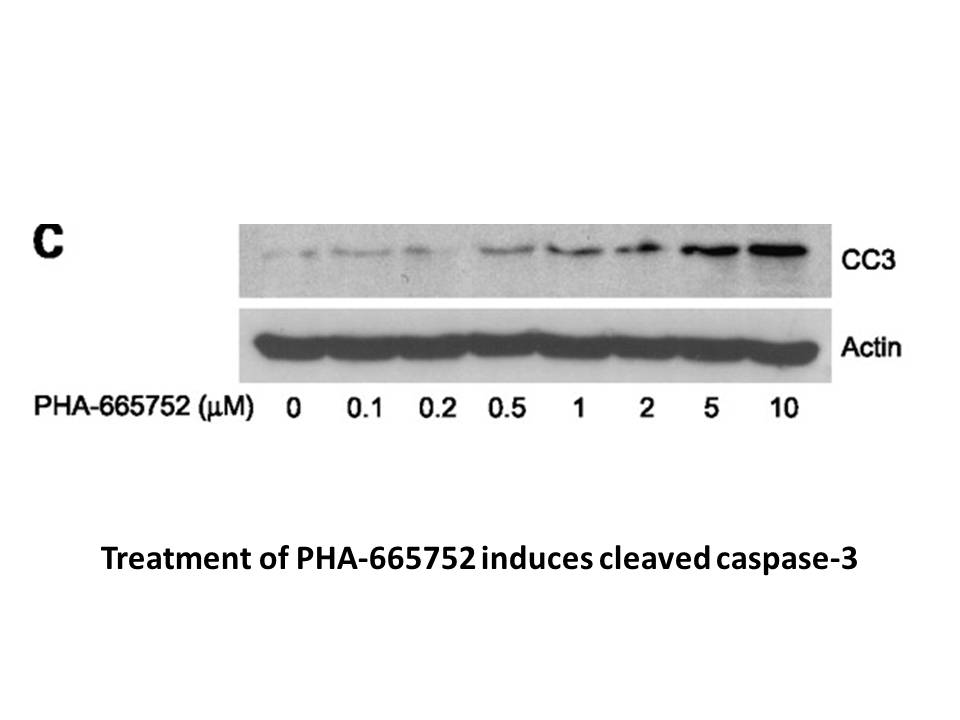
MicroRNA (miRNA) is a class of highly conserved, non-coding small molecules containing 19–25 nucleotides. miRNAs are involved in the regulation of genes associated with cancer development and progression and therefore can act as oncogenes, by contributing to tumor formation,17, 18 or as tumor suppre
-
These data raised from human
2020-05-22
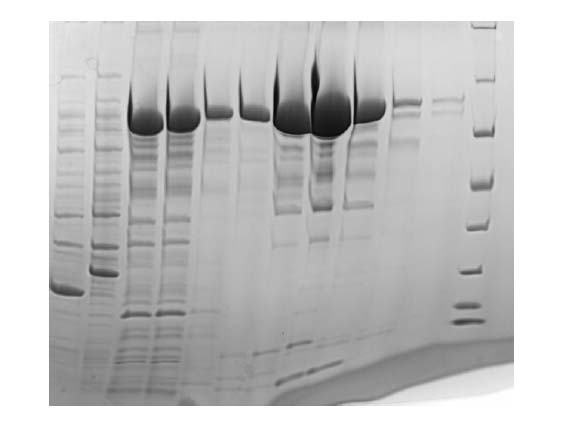
These data raised from human tissues suggested a potential link between TGF-β1 signaling and linear invadosome machinery that may explain TGF-β involvement in HCC progression and invasion. Using HCC cultured cells, we confirmed that TGF-β1 stimulation increases the production and secretion of collag
-
As temperatures increase rates of spontaneous deamination al
2020-05-22
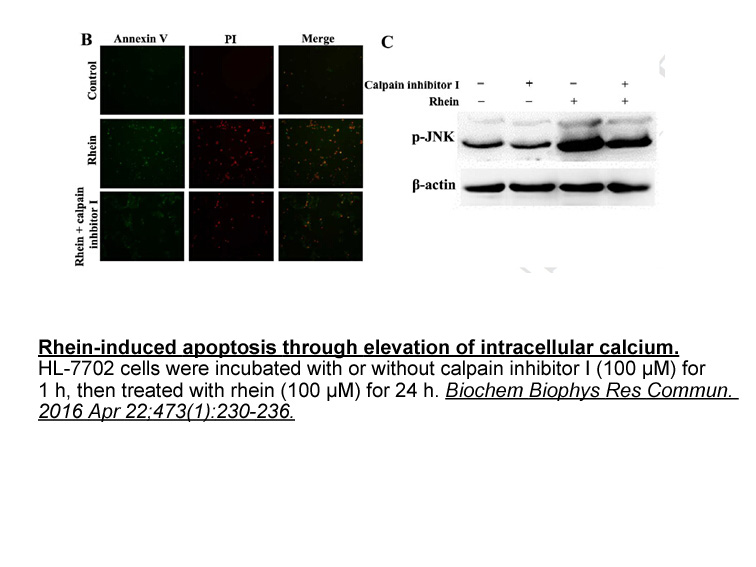
As temperatures increase, rates of spontaneous deamination also increase such that hyperthermophilic organisms must have efficient mechanisms for dealing with this potential hazard.8., 9. The hyperthermophile Methanococcus jannaschii has both a dCTP deaminase (encoded by the gene at locus MJ0430) an
-
Previous and ongoing clinical trials have
2020-05-22
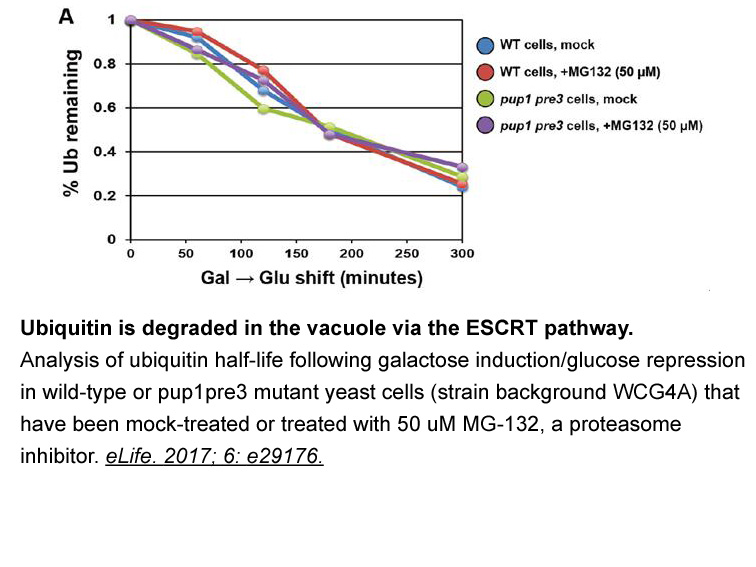
Previous and ongoing clinical trials have been summarized in a recent review (Siaw-Debrah et al., 2017). To our knowledge, there are no ongoing or completed clinical trials focusing on cytokines in ICH. Published studies have focused mainly on cytokine changes in ICH patients (summarized in Table 3)
-
Moreover the imbalance between pro and anti inflammatory cyt
2020-05-21
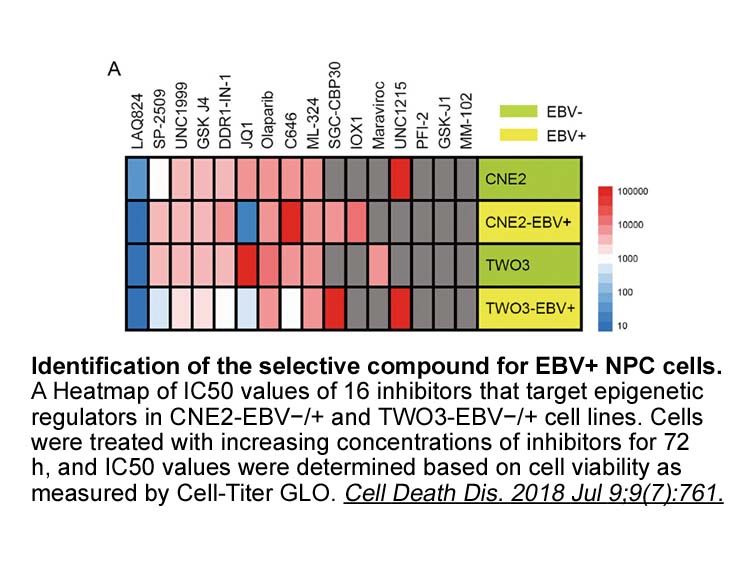
Moreover, the imbalance between pro and anti-inflammatory cytokine production is present in various types of diseases. The use of substances able to induce anti-inflammatory cytokines could represent an important advance in the therapeutic treatment of a range of diseases. In this context, medicinal
-
For the first time the V carinata
2020-05-21
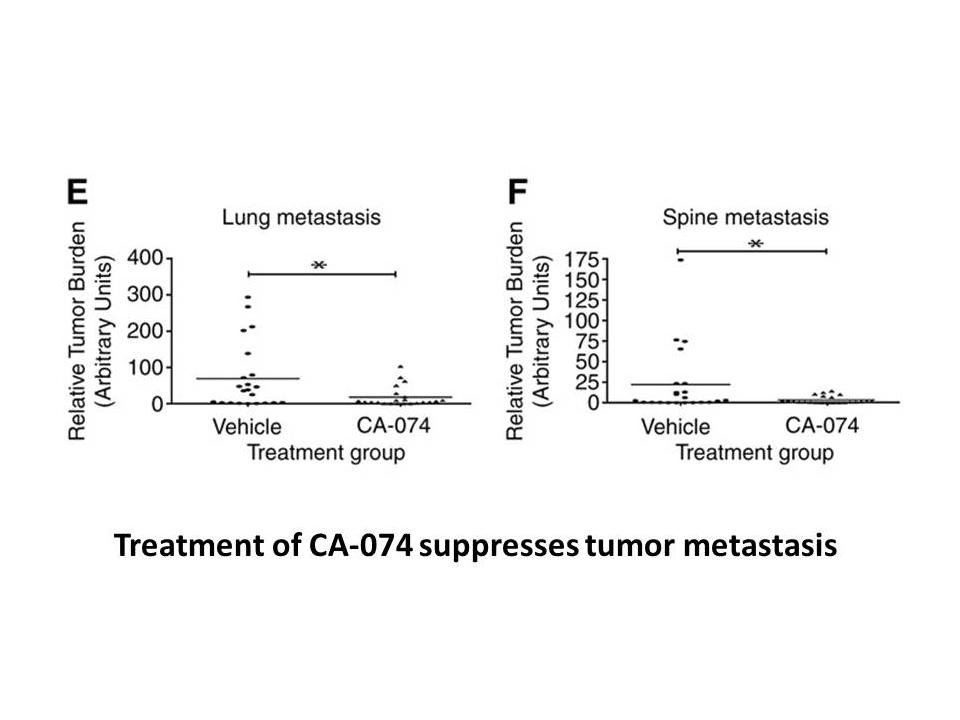
For the first time, the V. carinata transcriptome was analyzed and its transcript coding sequences comprehensively characterized. The non-redundant contigs encoding putative CysPs were identified and their Spironolactone patterns in different tissues were investigated. Our study show that four prot
-
In this study we further investigated the
2020-05-21
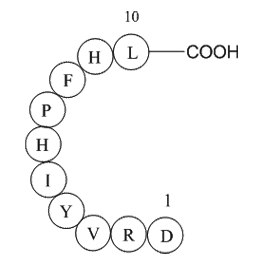
In this study, we further investigated the involvement of CRF1 and CRF2 receptors of the dPAG in the regulation of panic-related responses. For this, we used two animal models that associate escape behavior with panic attacks: the elevated T maze and the electrical stimulation of the dPAG (for a ful
-
To extend these toxicity minimization strategies to D tissue
2020-05-21
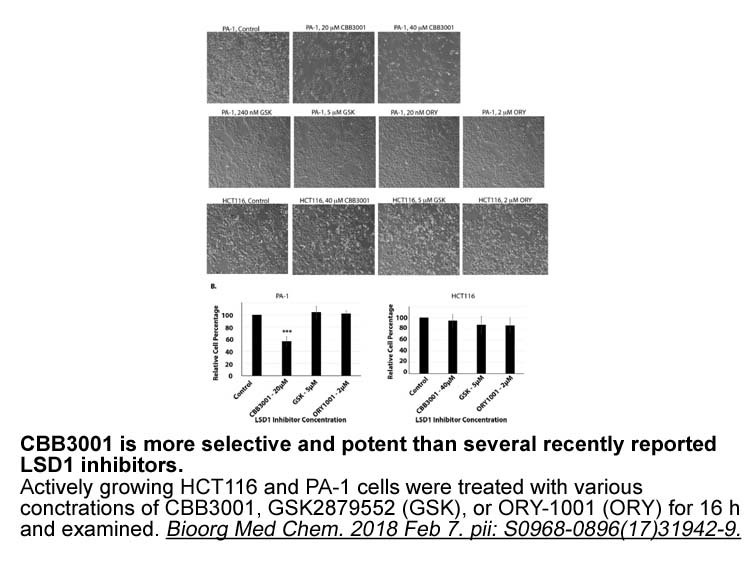
To extend these toxicity minimization strategies to 3D tissues, a more complicated mass transfer model is necessary to account diffusion in the interstitial space, as well as transport across cell membranes. Until recently, tissue mass transport in cryobiology was modeled using classic spatially dep
-
Haggar et al reported the synthesis of two new series
2020-05-21
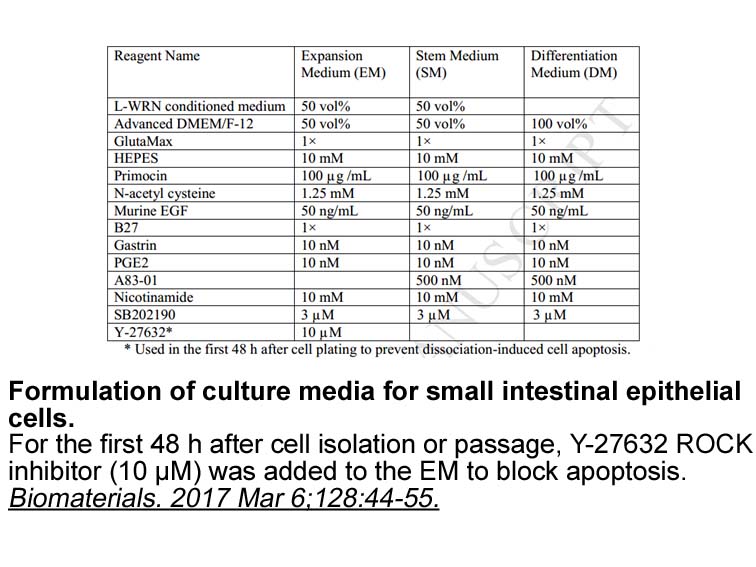
Haggar et al. reported the synthesis of two new series of 8-(2-imino/oxo/thioxo pyrimidin-4-yl)-4-methyl-6-nitro-2-oxo-2H-chromen-7-yl benzoates 56 (X=O, S, NH) and 8-(pyrazol-3-yl)-4-methyl-6-nitro-2-oxo-2H-chromen-7-yl benzoates 57 [Y=C(O)CH3, 2,4-(NO2)2C6H3]. The 8-acetyl-4-methyl-6-nitro-2-oxo-2
-
Apparently no study has been undertaken on alterations in
2020-05-21
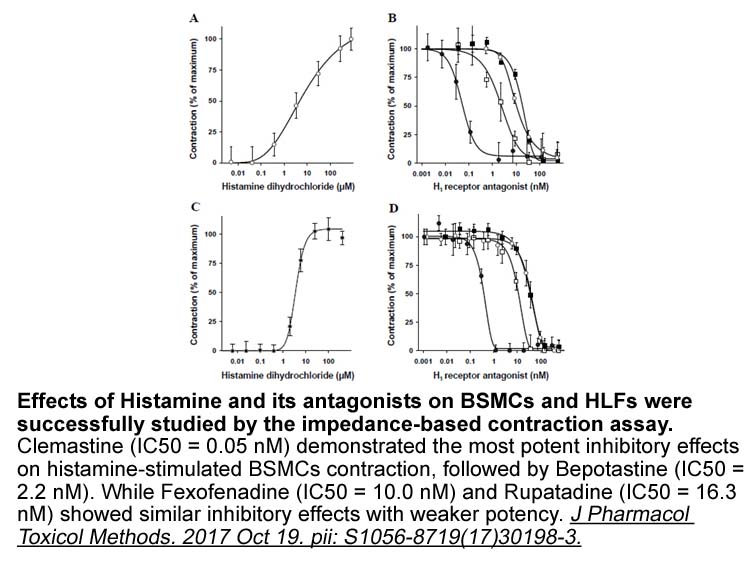
Apparently, no study has been undertaken on alterations in cholinesterase activity and its correlation with neurological disorders in clinical case of trypanosomosis in buffaloes. Therefore, the present study was undertaken to evaluate the alterations in cholinesterase activity in clinical cases of
-
Potential break through technology poised to
2020-05-21
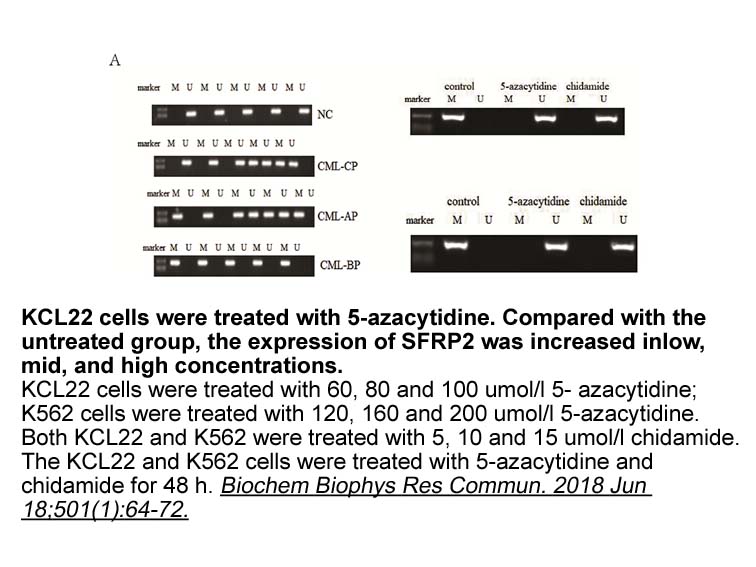
Potential break-through technology poised to overcome these above-mentioned limitations is that of the “substrate mediated enzyme prodrug therapy”, SMEPT (Fig. 1). Learning from the previously established enzyme prodrug therapies (EPT) and specifically the antibody-directed EPT (ADEPT) [12], develop
-
Previous studies in the Swiss
2020-05-21
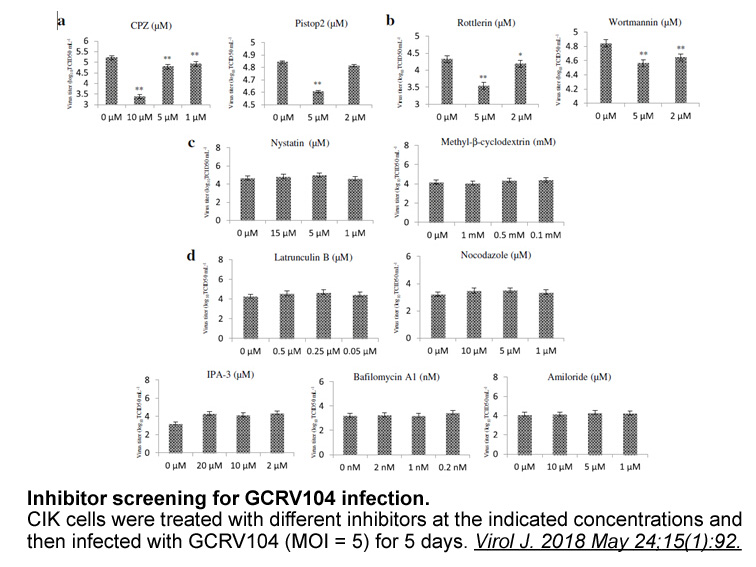
Previous studies in the Swiss Webster mouse (Rosengren et al., 1995) and the Sprague–Dawley rat (El Sisi et al., 1993) have shown that retinol pretreatment potentiates the hepatotoxicity of paracetamol. The current study is designed to investigate further this interaction in mice. To accomplish this
-
dihydrofolate reductase inhibitor Most of the amino acid res
2020-05-21
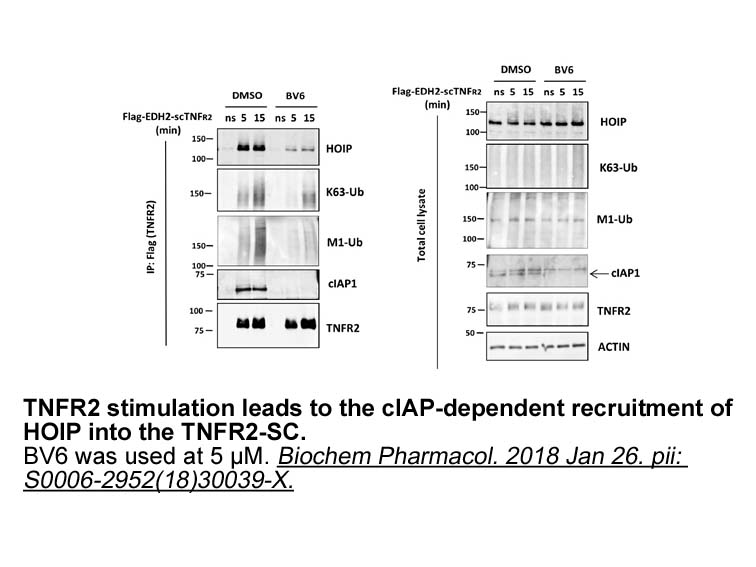
Most of the amino dihydrofolate reductase inhibitor residues contacting the substrate are within the nucleotide-recognition lid (mauve or magenta in Fig. 4A). Two particularly important residues, W69 and Y76, are conserved in eubacteria and in some but not all of eight human AlkB homologs [52], [76]
-
br Results br Discussion Thus the biochemical and structural
2020-05-21
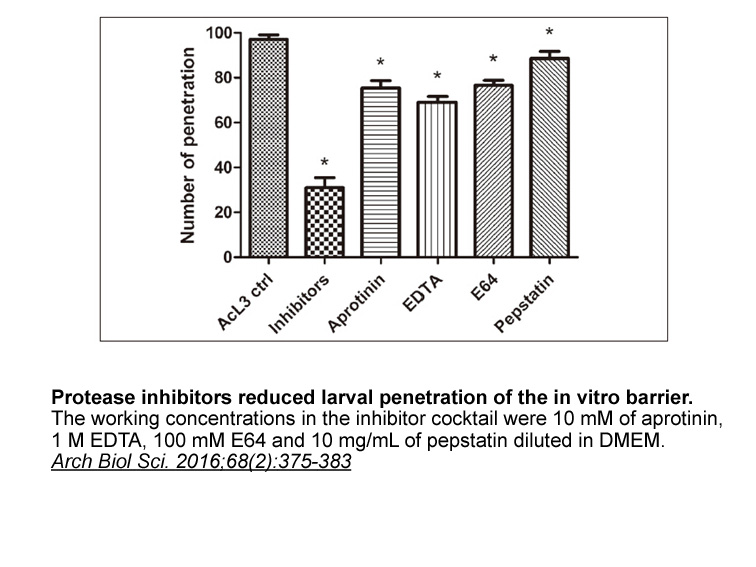
Results Discussion Thus, the biochemical and structural studies of six Maf proteins from different organisms have revealed two subfamilies of new enzymes with the metal-dependent nucleoside triphosphate pyrophosphatase activity against both canonical and noncanonical pyrimidine nucleotides (Yh
-
Recent pharmaceutical research in the
2020-05-21
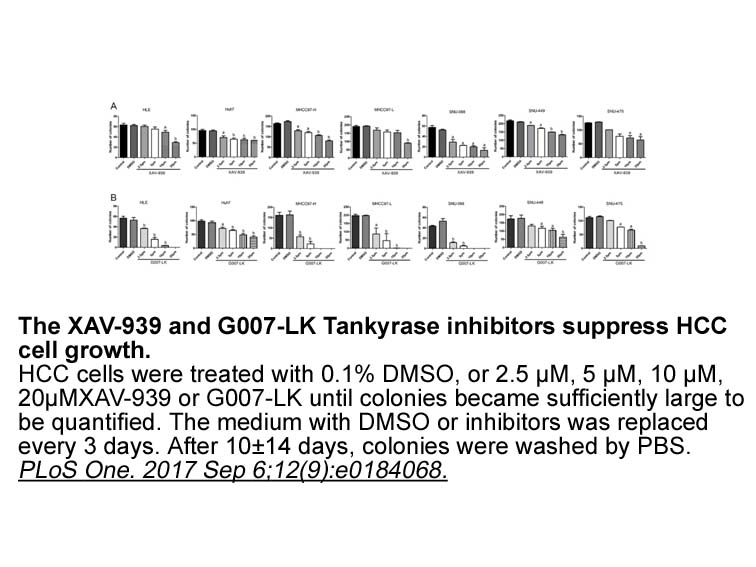
Recent pharmaceutical research in the field of respiratory diseases has sought to make available new agents that specifically and selectively antagonize the actions of cysteinyl–leukotrienes. Such an effort has resulted in the development of two classes of drugs, effective in counteracting Cys-LTs p
15950 records 832/1064 page Previous Next First page 上5页 831832833834835 下5页 Last page